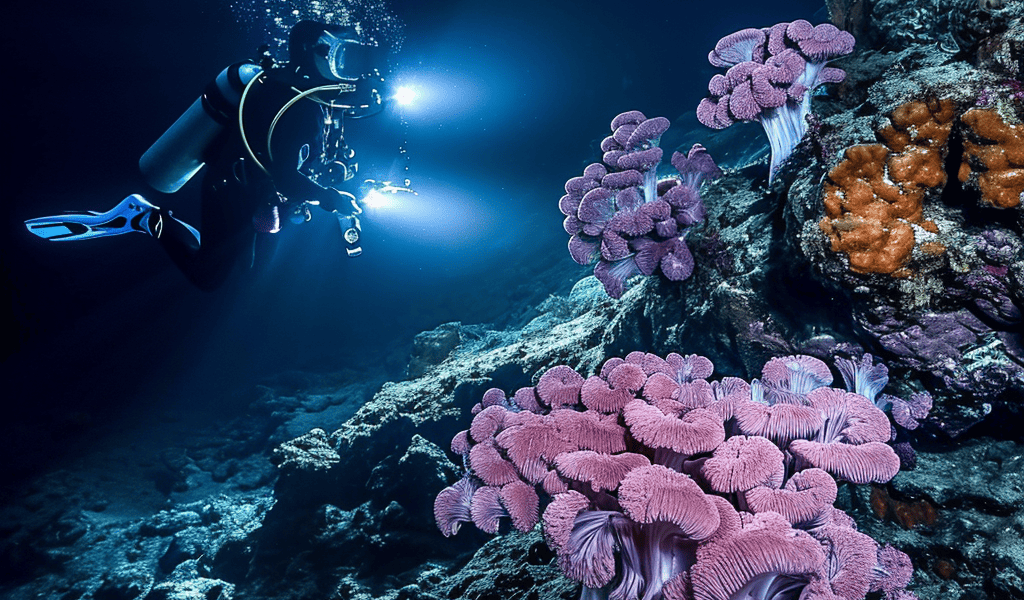The ocean’s twilight zone, located between 200 and 1000 meters below the surface, has recently revealed a surprising abundance of fungi through the largest study of ocean DNA. This discovery could potentially lead to the development of new drugs with properties akin to penicillin, according to a study published in the journal Frontiers in Science.
Researchers have found that the twilight zone, characterized by high pressure, lack of light, and cold temperatures, provides an extreme environment where fungi might exhibit unique adaptations. Fabio Favoretto, a postdoctoral scholar at the Scripps Institution of Oceanography, expressed optimism about the potential for discovering new species with unique biochemical properties from these ocean fungi, stating that similar to penicillin originating from a fungus, the ocean fungi may hold similar potential.
The study, which compiled more than 317 million marine organism gene groups from samples collected during various expeditions, including the Tara Oceans expedition and the Malaspina Circumnavigation expedition, has opened new doors into the understudied ocean. The advancements in technology have allowed for a more comprehensive analysis of existing samples, providing a wealth of data for further exploration.
Lead author Elisa Laiolo, a marine biologist, emphasized the significance of the marine biotechnology sector, which currently stands at an estimated worth of $6 billion and is projected to nearly double by 2032. This sector relies on ocean organisms and their genes, highlighting the potential economic impact of further discoveries in the ocean’s twilight zone.





